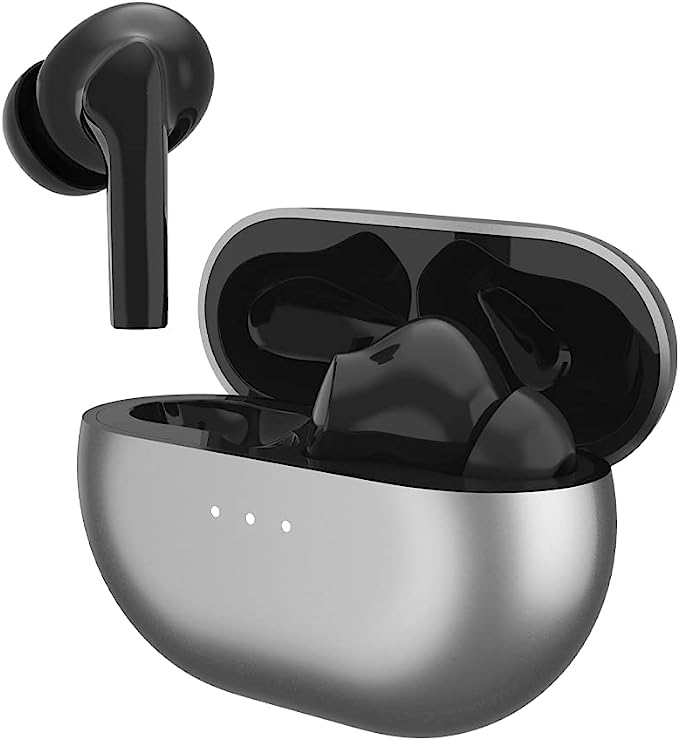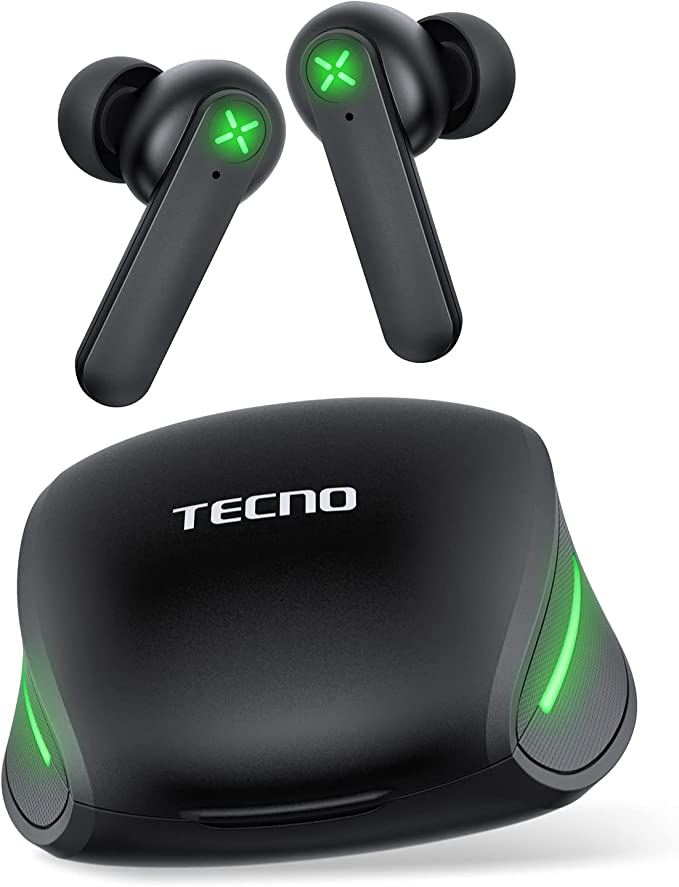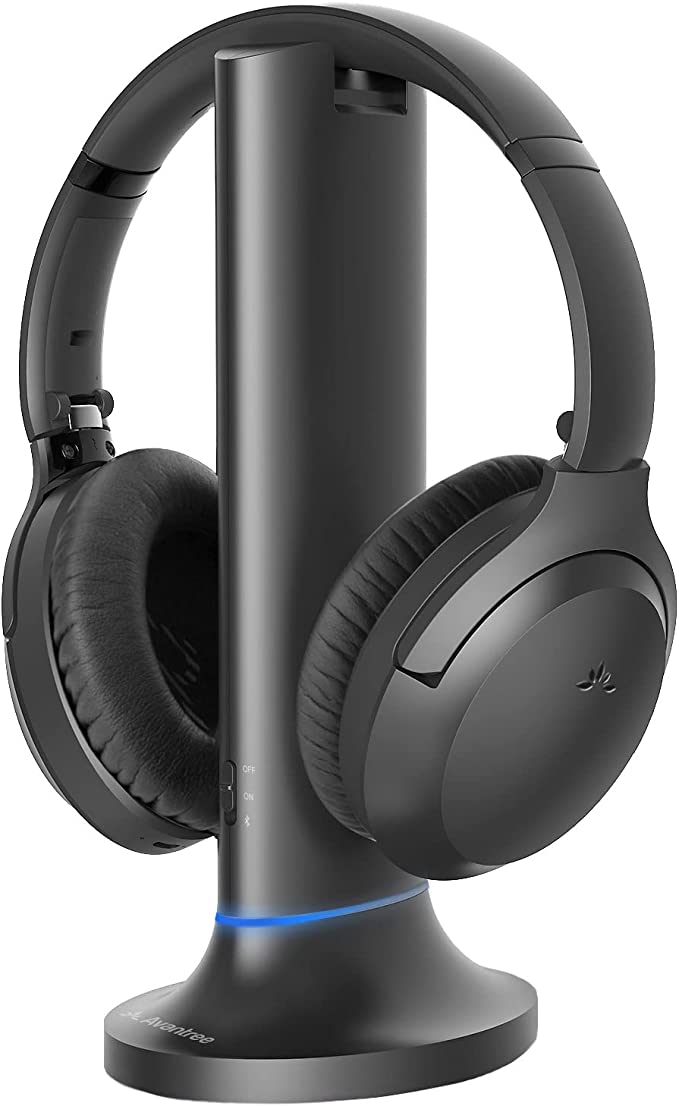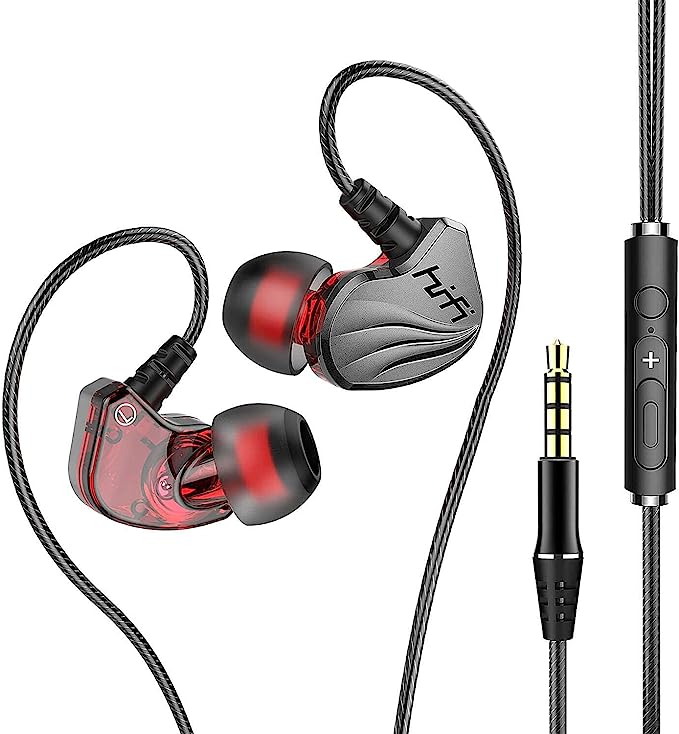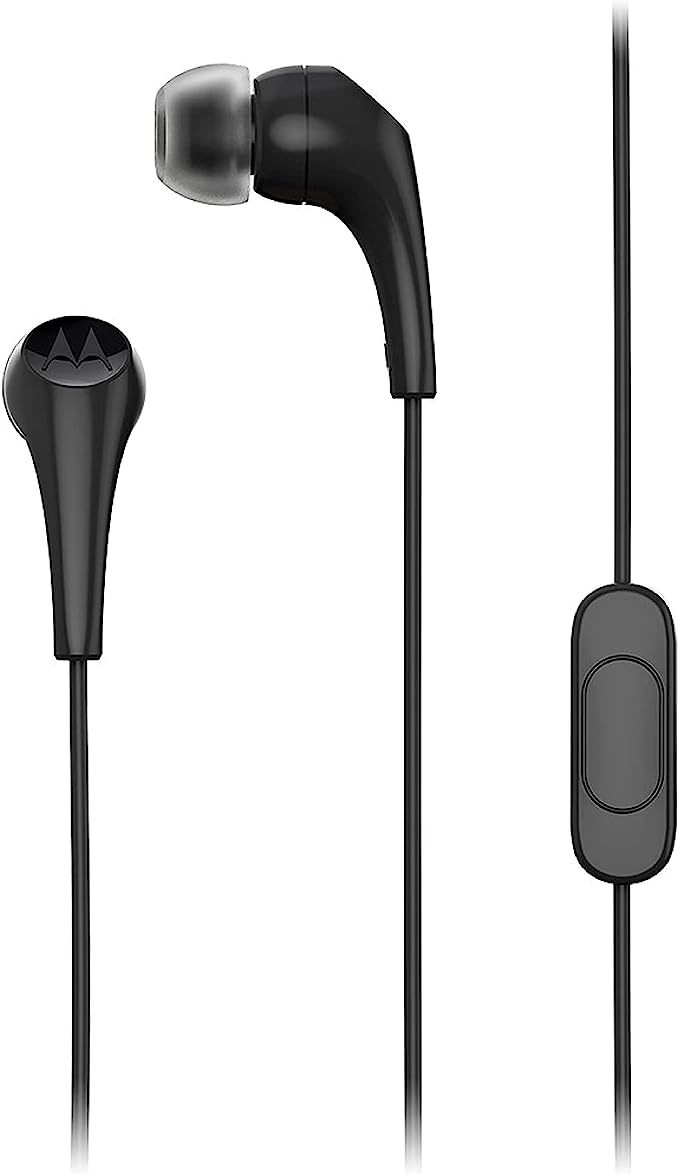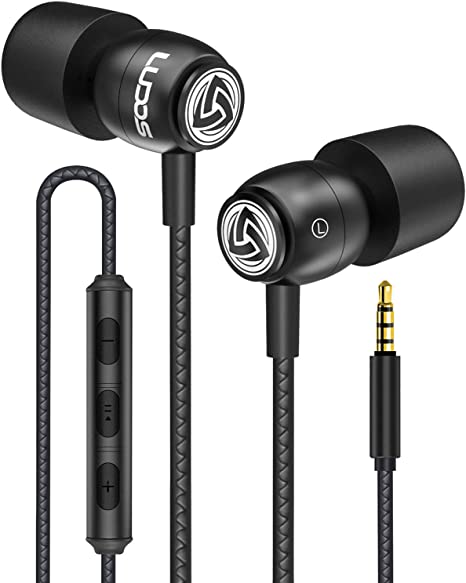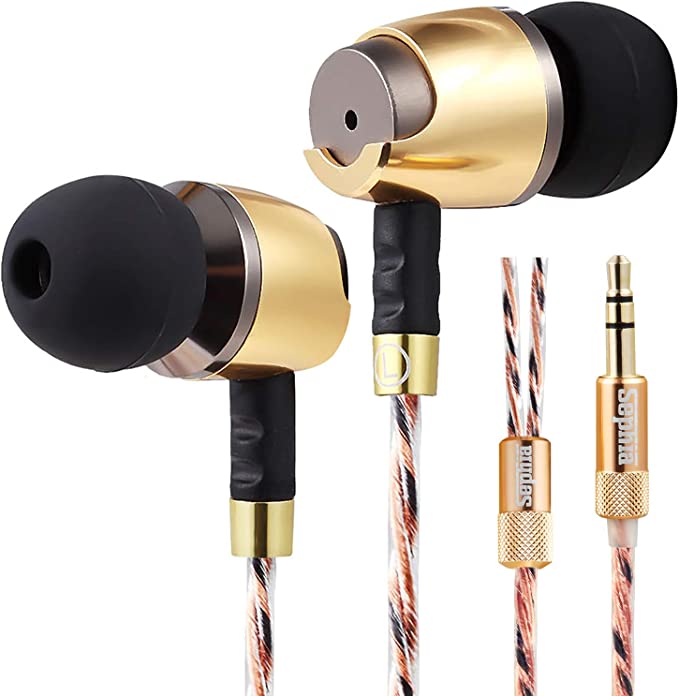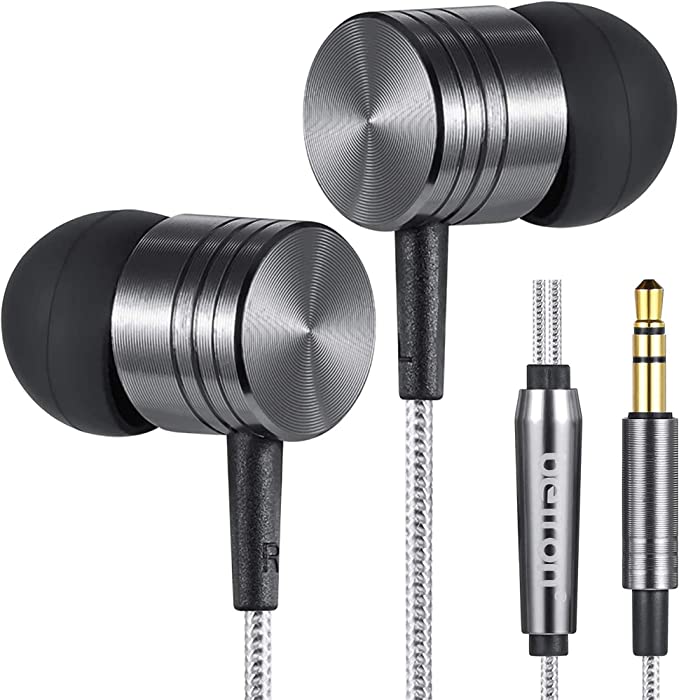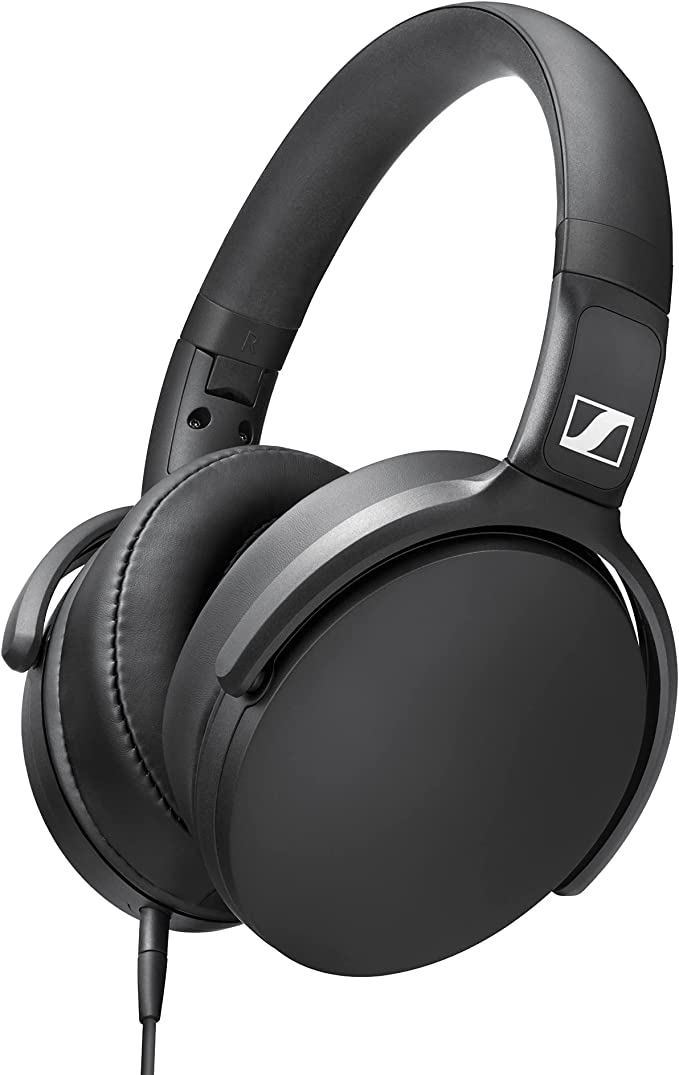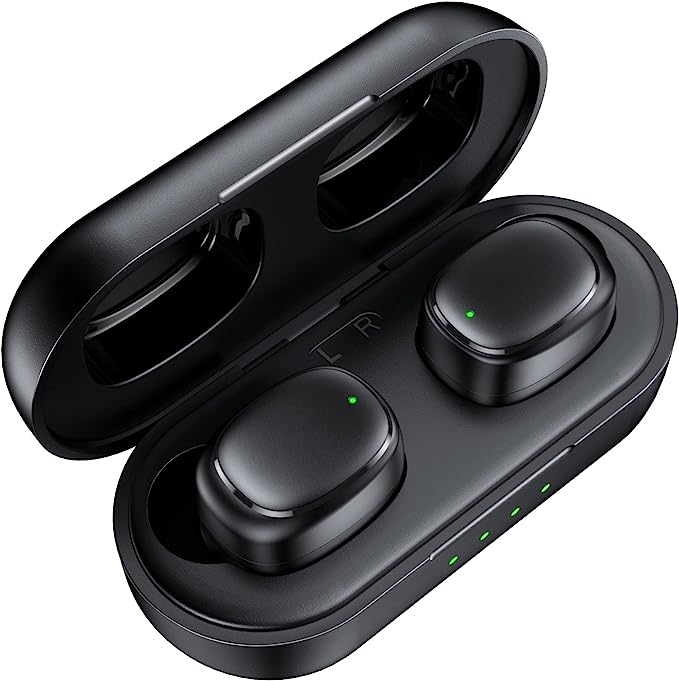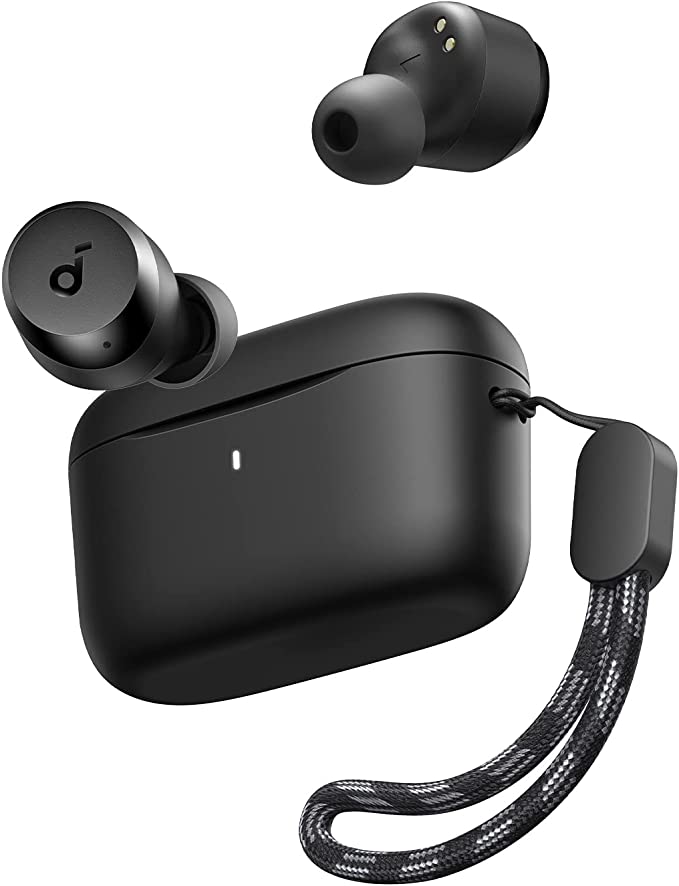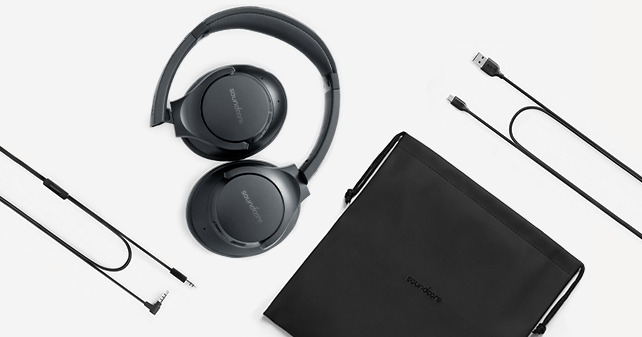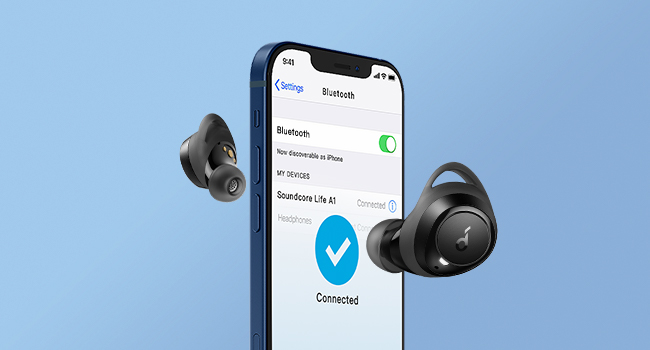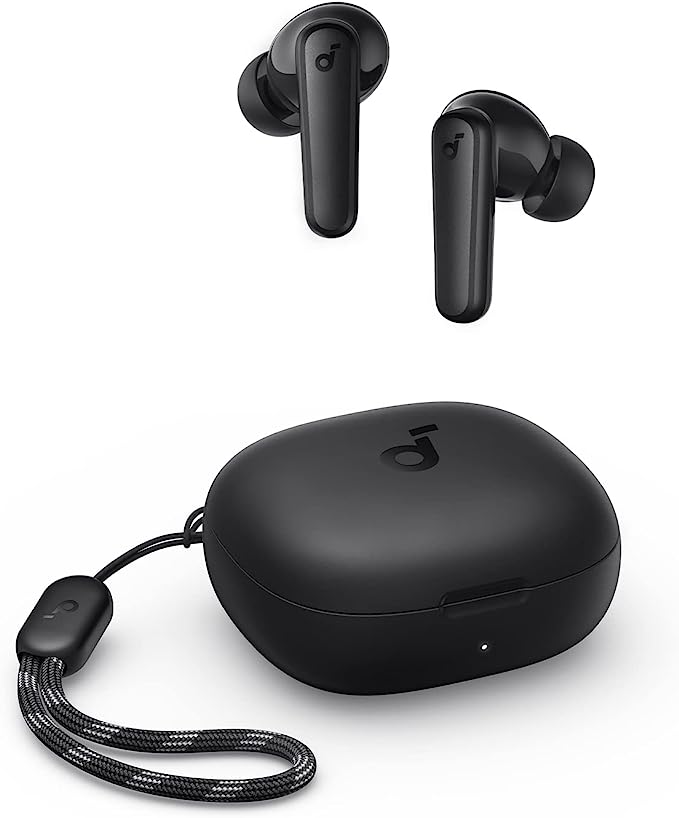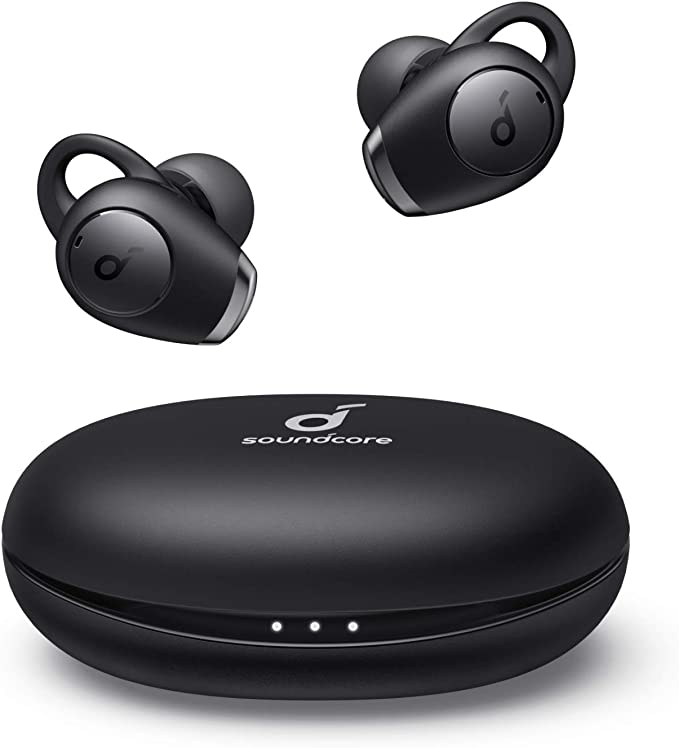Geva K55 Wireless Gaming Earbuds: Low Latency Design Creates an Extraordinary Gaming Experience
Update on June 29, 2025, 8:37 a.m.
You’re there. The final circle, heart pounding. You hear the faint rustle of leaves to your left—or, you should have. By the time the sound registers, it’s too late. The on-screen notification of your defeat appears a split-second after you hear the gunshot that should have warned you. You didn’t lose because of a lack of skill, but because of a ghost in the machine, an invisible enemy that haunts all wireless audio: latency.
In our quest for a cable-free world, we’ve embraced the magic of Bluetooth. Yet, for gamers, this magic comes with a potential curse. What makes a simple pair of wireless earbuds worthy of the “gaming” title, like the Geva K55 Gaming Wireless Earbuds? The answer lies not just in a feature list, but in a series of clever engineering battles fought against the very laws of physics. Let’s step into the lab and dissect these campaigns.

The First Campaign: Chasing the Ghost of Latency
Audio latency is the delay between a visual event and its corresponding sound reaching your ears. To understand how to fight it, we must first understand its origin. When your game produces a sound, it doesn’t just magically appear in your earbud. It embarks on an epic journey:
- The sound is created as digital data.
- It’s compressed by a software codec to a manageable size for wireless travel.
- It’s transmitted as a radio wave via Bluetooth.
- Your earbud receives the wave, decompresses the data back into audio information, and finally, plays the sound.
Every step takes precious milliseconds. The standard Bluetooth protocol for stereo audio, known as A2DP, mandates a default codec called SBC (Low Complexity Subband Codec). Think of SBC as a standard postal service: it reliably gets your package (the audio) to its destination, but it takes time to package it carefully (compress) and unpack it (decompress). For music, this slight delay is unnoticeable. For gaming, it’s a critical failure.
This is where a feature like Game Mode enters as a secret weapon. When activated, the earbuds effectively switch from the standard postal service to an express courier. The priority is no longer beautiful packaging (maximum audio fidelity) but raw speed. This often involves simplifying the compression algorithm or reducing the data buffer, essentially telling the system, “Send it now, even if it’s not perfect!” The result is a dramatic reduction in latency, closing the gap between what you see and what you hear. It’s a brilliant trade-off, an act of engineering triage that gives you back the reaction time that latency tries to steal.

The Second Campaign: The Unending Power Pulse
A swift response is useless if you run out of energy mid-battle. A key challenge for tiny, featherlight earbuds is their equally tiny internal batteries. The promise of 30H Playtime isn’t a miracle of battery chemistry in the earbud itself, but a masterpiece of logistical design.
Imagine the earbuds as elite soldiers on the front line. They are fast and agile but carry limited supplies. The charging case is their mobile command center, a forward operating base where they return to rest, rearm, and refuel. This two-part system is powered by the high energy density of modern Lithium-ion batteries, which pack a tremendous amount of power into a small space.

This design liberates you. You are no longer tethered to a wall outlet. The case acts as a personal power reservoir, ensuring your “soldiers” are always ready for the next several hours of deployment. It’s an elegant solution that addresses a core user anxiety—running out of power at a critical moment—and transforms the earbuds into a truly marathon-ready piece of equipment.

The Third Campaign: Forging a Cone of Silence
Even with perfect sync and endless power, your immersion can be shattered by the world outside: a barking dog, a nearby conversation, the click-clack of your own keyboard. This is where the physical design, the In-Ear form factor, wages a quiet but effective war against ambient noise.
This strategy is called Passive Noise Isolation, and it’s a beautiful example of using physics to your advantage. By fitting snugly into your ear canal, the earbud’s tip creates a physical seal. Think of it as building a fortress wall. This barrier is incredibly effective at blocking or dampening high-frequency sound waves—the very frequencies where most distracting chatter lives.

It’s crucial to distinguish this from its more complex cousin, Active Noise Cancellation (ANC). While ANC is like sending out an army to fight noise with “anti-noise” soundwaves (an active, power-consuming process), passive isolation is simply the strength of your fortress. It’s an elegant, power-free design choice that creates a quieter soundstage, allowing the game’s own meticulously crafted audio landscape to shine. Every subtle footstep, every distant reload, becomes clearer not because the volume is louder, but because the competing noise has been silenced.
In the end, the “gaming” label on a product like the Geva K55 isn’t just marketing. It’s a declaration of intent. It signifies that a series of invisible wars have been fought and won on your behalf—a war against time, a war against energy limits, and a war against distraction. By understanding the physics of play, you’re not just buying a product; you’re equipping yourself with the triumphs of engineering, ready for your next victory.

